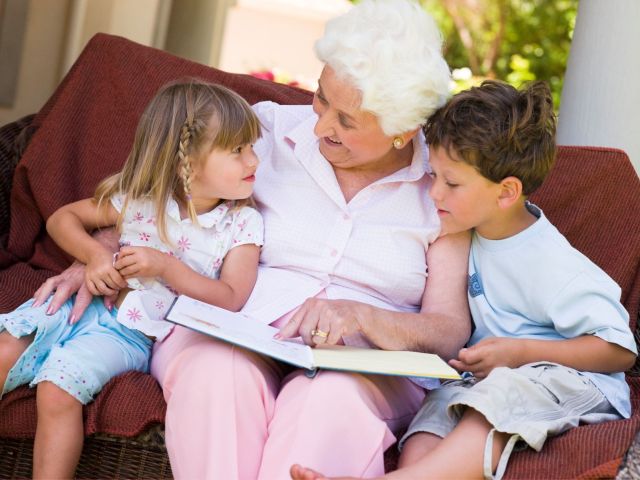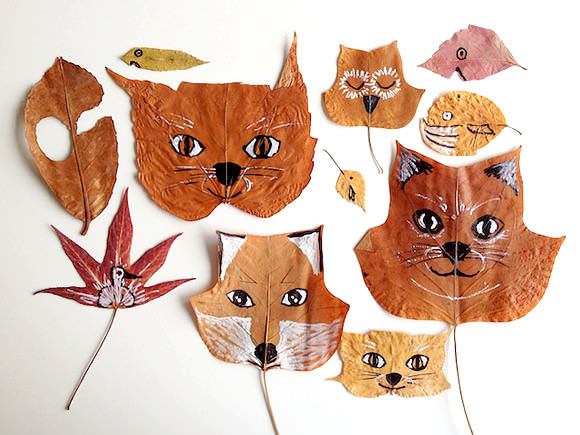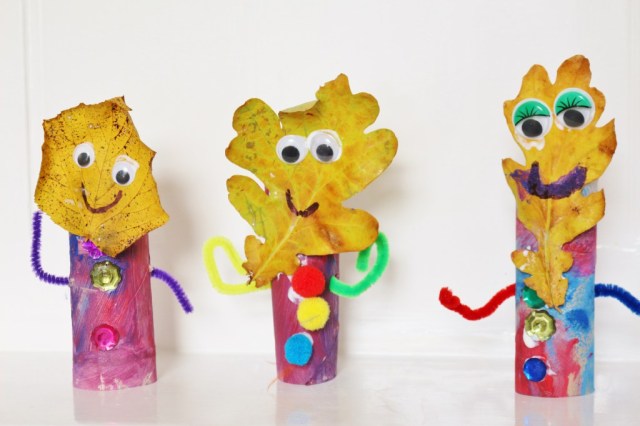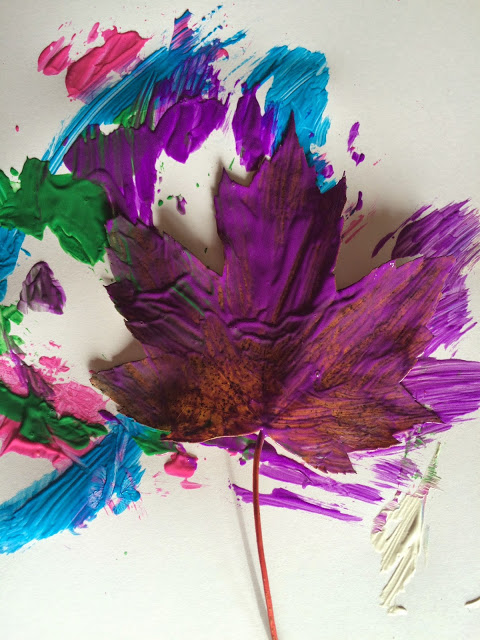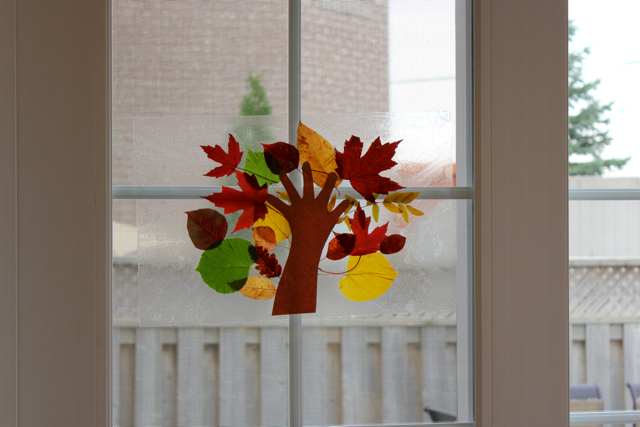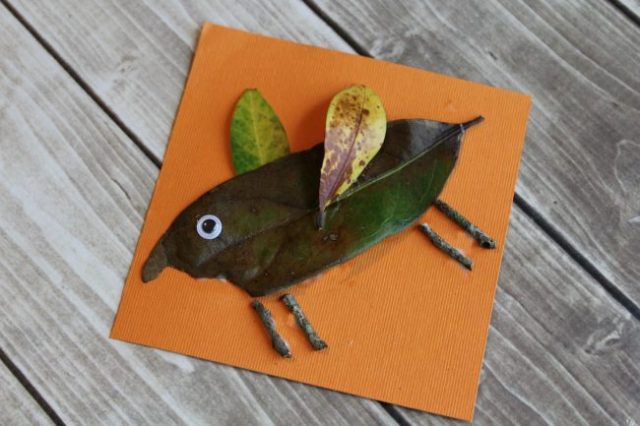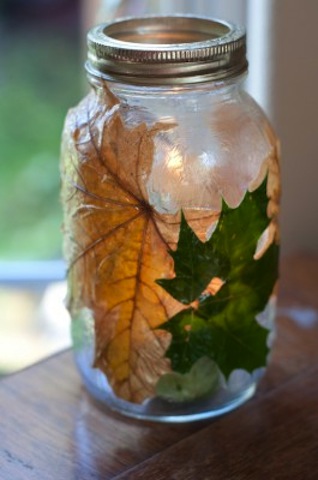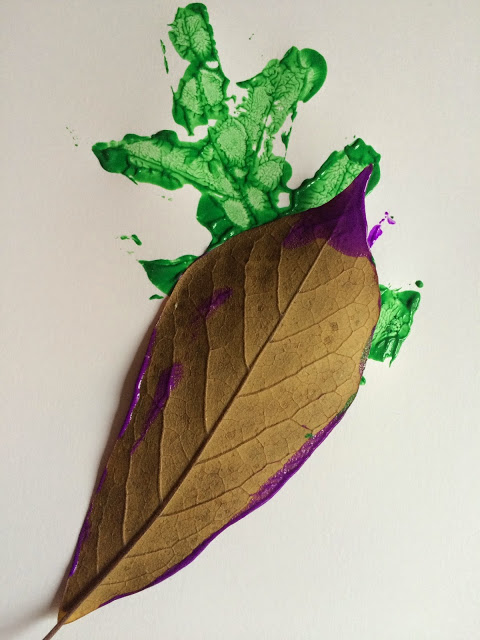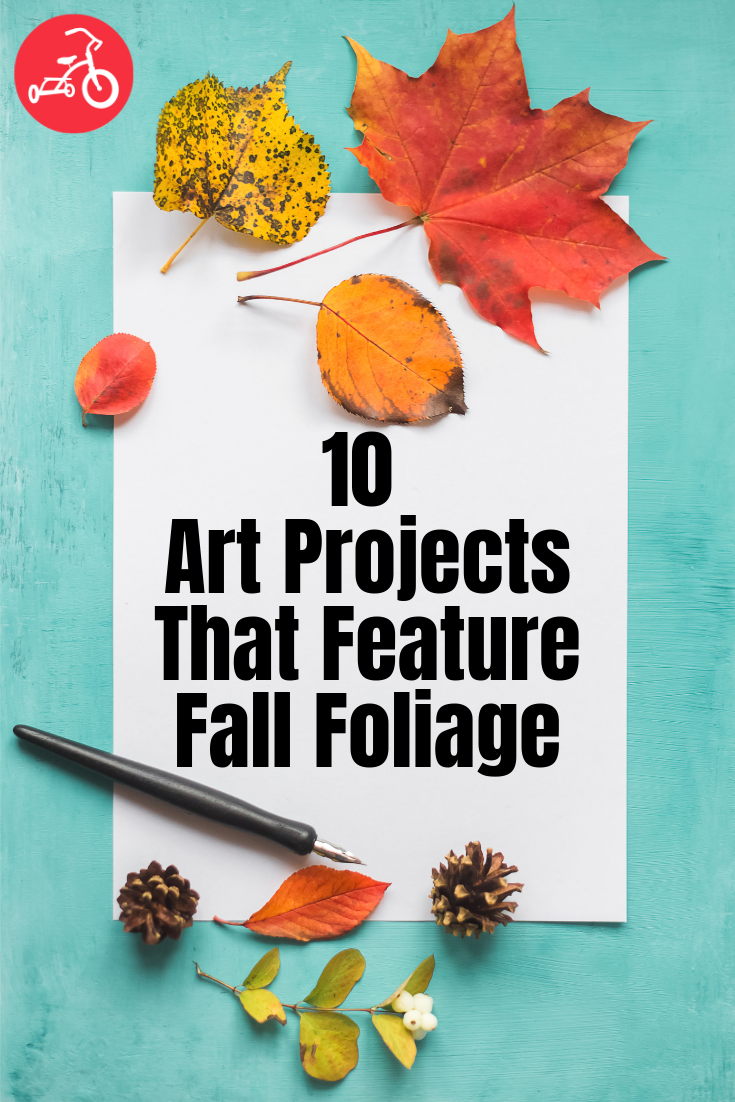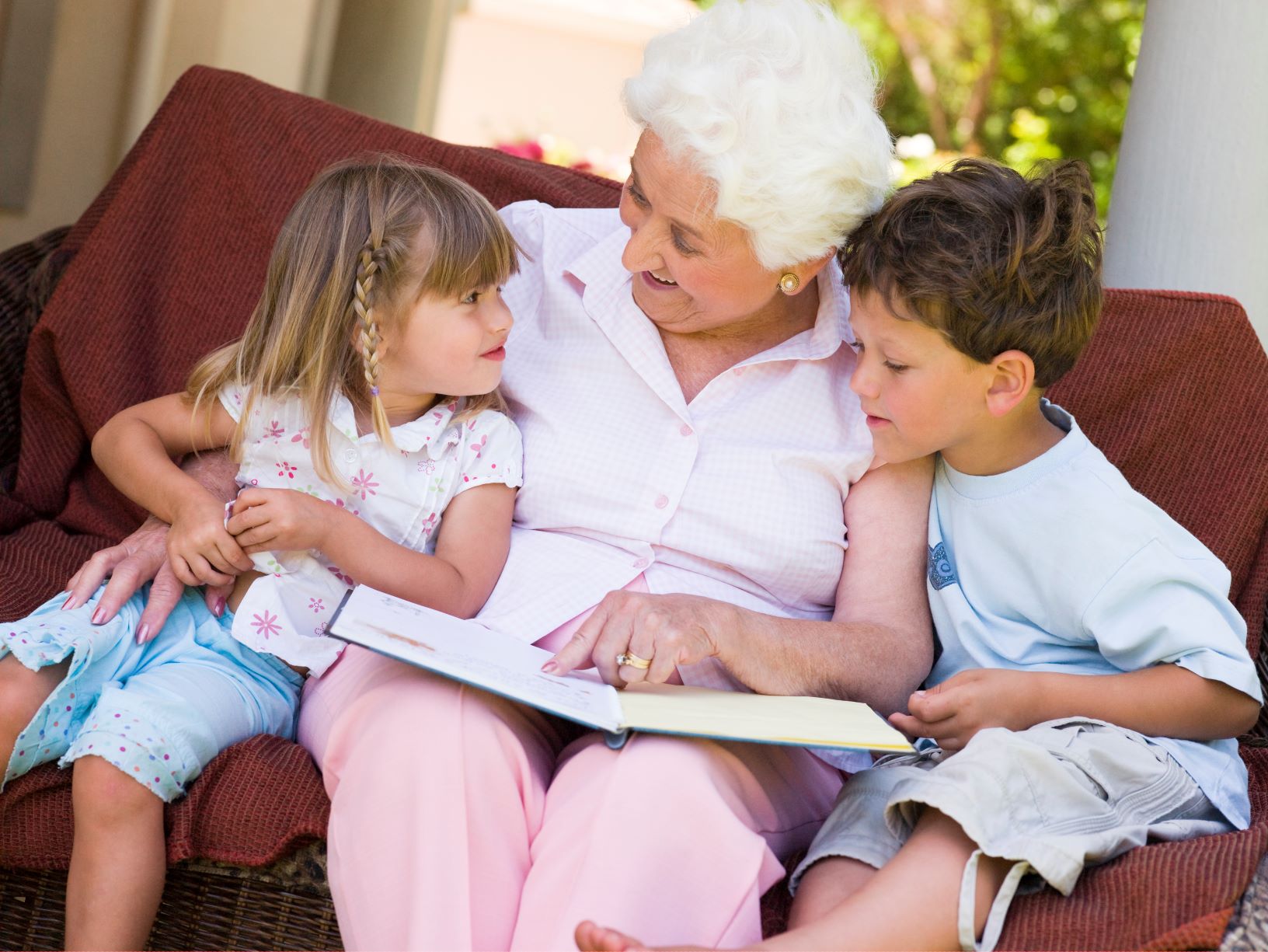
When a grandparent, parent or older relative has Alzheimer’s disease, it affects everyone, including the kids. One second, they might recognize the children. The next, they’re calling them a stranger and blaming them for stealing the car keys. This emotional rollercoaster can easily confuse and frighten kids—just as it would an adult.
In those moments, you can provide comfort by helping them better understand Alzheimer’s and how the disease will change their relationship with the affected relative.
1. Explain the Disease
When you receive a diagnosis or your relative with Alzheimer’s moves in with you, you’ll want to explain the disease to your kids. Share the signs and symptoms and ask them if they’ve noticed these red flags in their loved one. Maybe the warning signs have been there for a while.
Explain that one in nine people age 65 and older has Alzheimer’s to reassure them they aren’t alone. There are kids just like them with affected family members who are experiencing similar emotions.
2. Anticipate & Encourage Questions
After sharing all of this new information, it’s only natural that your little ones would have questions, so do your research before having a conversation. Prepare to answer inquiries about the prognosis, the risk of other family members contracting the disease and how their symptoms might progress.
If your child shuts down and withdraws from the person with Alzheimer’s, gently begin a conversation about their response. Be an active listener and encourage them to share their emotions. Then, be a little vulnerable and share your feelings to encourage an open line of communication.
3. Be Honest & Concise
Of course, you may want to refrain from going into detail when explaining the disease and answering questions. Besides, there’s no reason to share a grim prognosis or startling new discoveries about your loved one’s health. These details will only scare younger kids and leave them with more questions than answers. Therefore, it’s best to keep your answers simple and concise. Be honest but don’t overshare. Your child could use some hope right now, not more reason to worry.
4. Prepare for Changes
Unfortunately, the symptoms of Alzheimer’s will progress and worsen over time. Even if a loved one seems completely normal today, they may be confused again tomorrow. If this relative is living with your family and the emotional rollercoaster becomes too much, you may choose to move them into an assisted living residence. There, they can enjoy therapy, sensory stimulation and other engaging activities.
These changes can happen more quickly than anyone can anticipate, so it’s best to prepare your kids before they occur. Talk about potential moves, developments and next steps ahead of time and answer any questions your children might have.
5. Validate Feelings
Another important part of helping kids and teens understand Alzheimer’s disease is validating their emotions. Your children could experience guilt, shame, sadness, anger, confusion and other emotions, and all of them are authentic and understandable. Get to the bottom of their feelings and normalize them by asking questions, stating facts and being genuine about your own feelings.
Most important, practice being present during these conversations. Get on your kid’s level, make eye contact and be with them at that moment. Once they express themselves, they’ll feel better and maybe even a little optimistic about the situation.
6. Plan Bonding Time
Sometimes, your little one will feel awkward around those with Alzheimer’s. In this case, it’s plan family activities to help them feel connected and comfortable. First, plan short outings or activities as an entire family so your child has time to adjust to being around the person with Alzheimer’s. Then, you can begin planning more one-on-one bonding time.
Plan a baking day and have your loved one teach the next generation how to make a special pastry or traditional family recipe. Get artsy and let the two paint together. You might even let them watch reruns of old shows or listen to old-timey music together. These activities will provide common ground for them to reconnect and make precious memories.
7. Teach Patience
It’s relatively common for kids to become impatient with grandparents or other relatives with Alzheimer’s disease. After all, frequently repeating yourself and keeping track of things for someone else can be a bit frustrating at times.
Show your kids a little grace when they react angrily or voice their displeasure. Then, teach them to be patient in future scenarios. Talk about what might happen or how they might feel if grandpa forgets where he put the remote again. Going through potential scenarios might help them respond more carefully next time.
Family Is Forever
The most heartbreaking question you might hear from your kids is “Will they forget about me?” Sadly, this is a very real possibility. However, in these moments, it’s best to remind your little one that, while their grandparent may not recognize them sometimes, they can certainly feel love. The two generations will always hold one another in their hearts because family is forever. When you’re all having a rough day, hold onto that truth.
RELATED: Easy Ways to Stay Connected to Grandparents from a Distance
